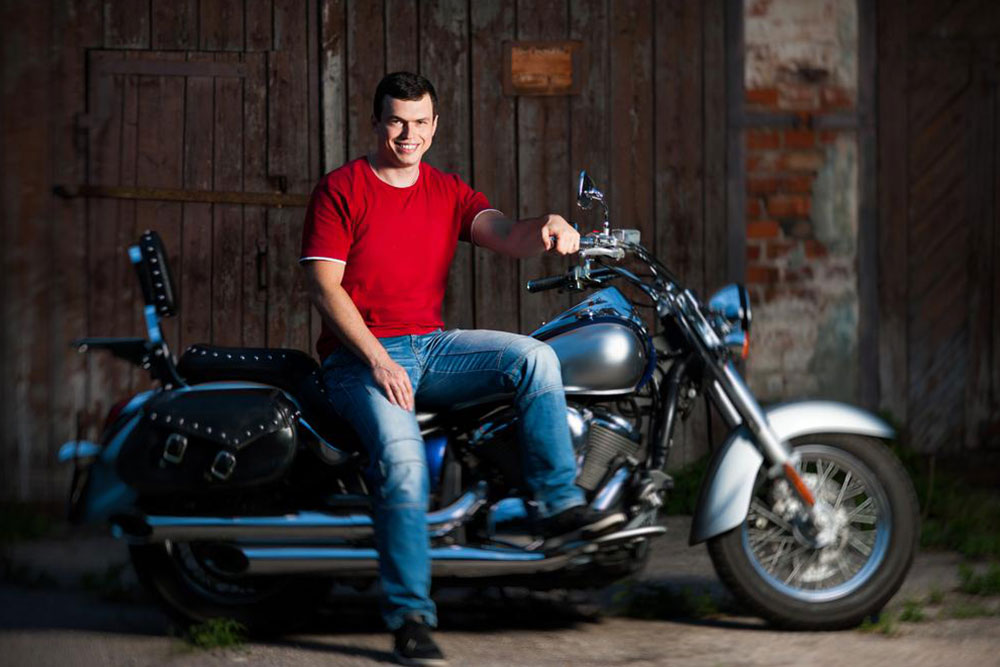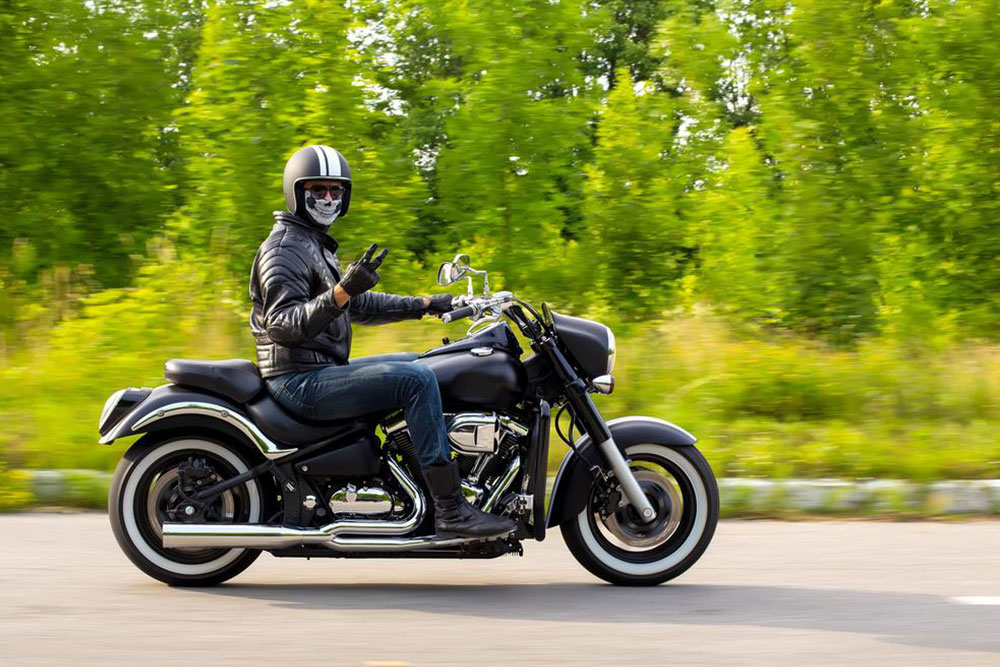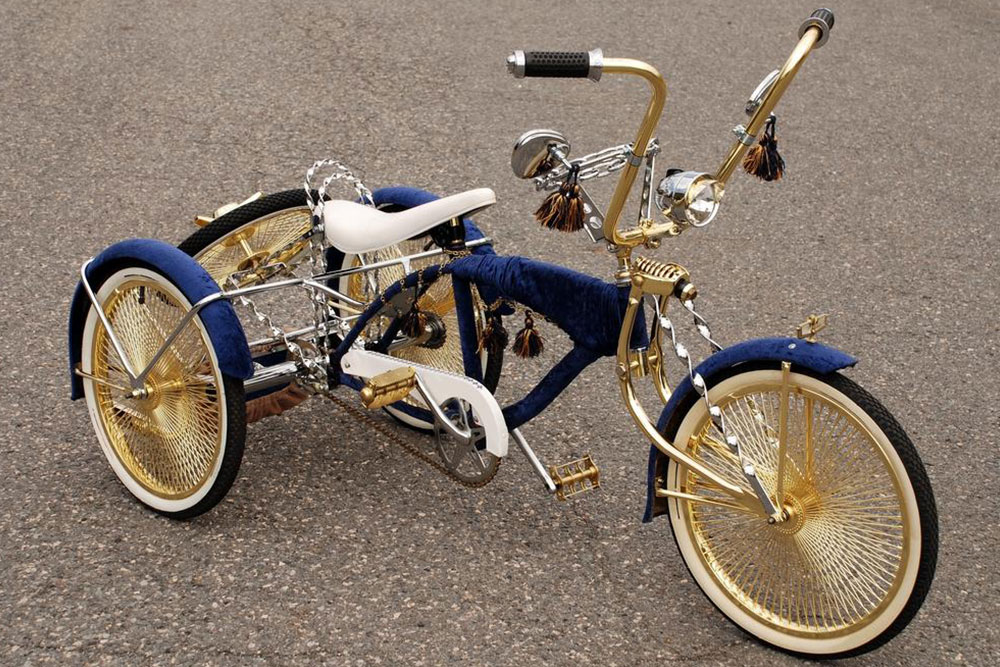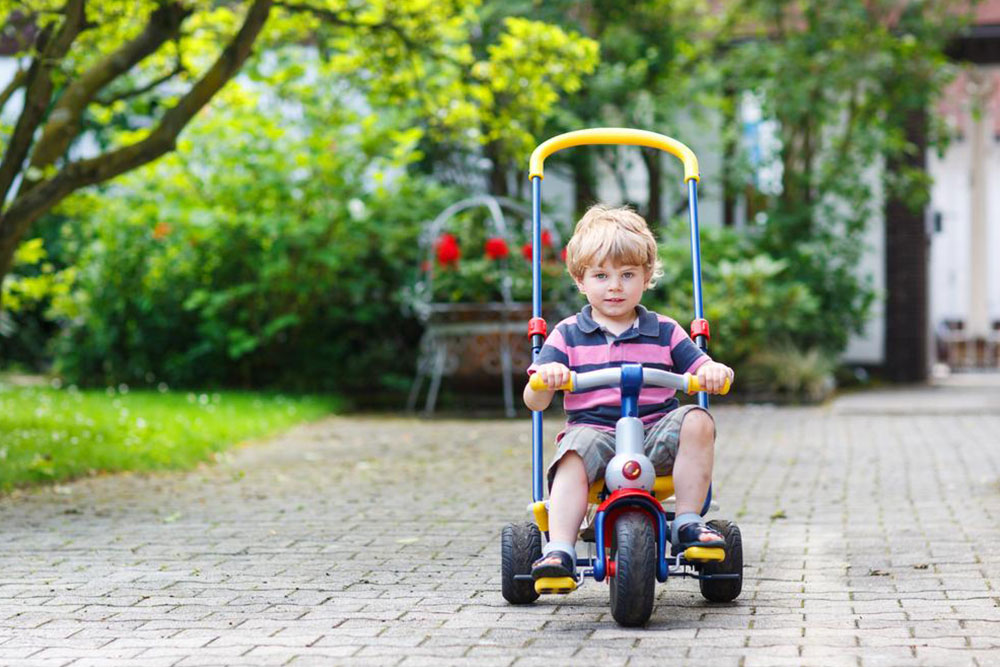Comprehensive Guide to Purchasing a Used Bicycle: Tips and Insights
This comprehensive guide offers essential tips for buying a used bicycle. It emphasizes inspecting the bike thoroughly, asking the right questions, and considering the bike’s history to ensure a safe and cost-effective purchase. Whether you’re a casual rider or an experienced cyclist, these insights can help you make an informed decision and avoid common pitfalls associated with second-hand bike buying. Proper assessment and due diligence will guarantee you a reliable, stylish, and affordable bicycle that meets your needs.

Comprehensive Guide to Purchasing a Used Bicycle: Tips and Insights
Choosing to buy a second-hand bicycle can be a smart, cost-effective way to enjoy cycling, promote a healthy lifestyle, and add a stylish touch to your daily commute or recreational activities. However, buying a pre-owned bike comes with its own set of challenges and risks. To make sure you make a wise investment, it’s essential to understand what to look for, ask the right questions, and perform thorough inspections. Being well-informed can help you avoid common pitfalls associated with purchasing used bicycles and ensure that the bike you choose will serve you well for years to come.
One of the first steps in the process is to understand the seller’s motivation. Always inquire why they are selling the bicycle. A convincing explanation can be reassuring, but it’s important to proceed cautiously. Sometimes, sellers might want to get rid of a problematic or damaged bike, so asking detailed questions about the bike’s history is crucial. Request information regarding previous usage, maintenance routines, and any repairs or modifications. Knowing the bike’s background helps you assess its value and identify potential issues.
Examining the bicycle thoroughly is vital before making a purchase. Start with the frame, which is the backbone of the bike. Look for signs of damage such as dents, cracks, or rust. Pay special attention to carbon or alloy frames, as they can be more susceptible to stress fractures if mishandled or damaged. Run your fingers along the surface to feel for any irregularities or structural weaknesses. The integrity of the frame is a key factor in the bike's safety and longevity.
Next, evaluate the condition of the tires. Worn tires with excessive tread wear or cracks may need replacement soon, which can add to your overall costs. Consider the tread depth and check for any sidewall damage. Spin the wheels to see if they spin smoothly and listen for any unusual noises like squeaks or grinding sounds that could indicate issues with the bearings or hub assembly. If possible, bring along a friend who is familiar with bikes or hire a professional mechanic to conduct a detailed inspection. Their expertise can reveal underlying problems that may not be immediately visible.
Other components warrant close scrutiny. Inspect the gears and drivetrain, ensuring they shift smoothly without skipping or hesitation. Check the brake pads for wear and make sure the brakes engage properly and stop the wheel effectively. Examine the handlebar, seat, and pedals for excessive wear or damage. If the bike has been used extensively, some parts may need replacement or adjustment, which should be factored into your overall budget.
Recent repairs can be an indicator of the bike’s condition. Request receipts or records of maintenance work to verify that the bike has been well cared for. If there have been major repairs or parts replaced, ask why and when they were performed. This information can help you gauge whether the bike has been maintained regularly or if it has a history of issues.
When buying from private sellers, it’s wise to arrange a test ride. A test ride allows you to evaluate the bike’s performance firsthand. Pay attention to the comfort, responsiveness, and overall feel of the bike. Check if the handlebars, saddle, and pedals are adjustable and comfortable for your height and riding style. During the ride, listen for unusual noises or vibrations, and ensure the bike responds well to steering and braking inputs.
Lastly, consider the overall cost. While used bicycles are generally less expensive than new ones, factoring in potential repairs or replacements is essential. Set a realistic budget and stick to it, but remain flexible if the bike’s condition warrants additional investment. Once you are satisfied with the bike’s condition and history, negotiate the price based on the findings. Remember, a well-inspected used bike can provide excellent value and serve as a reliable riding companion for years to come.
In conclusion, purchasing a used bicycle requires careful research, inspection, and due diligence. By understanding the bike’s history, examining its physical condition, and seeking professional advice when necessary, you can make an informed decision that ensures safety, performance, and satisfaction. Whether you’re a casual rider or an enthusiast, following these comprehensive tips will help you find a quality used bicycle that suits your needs and budget.




